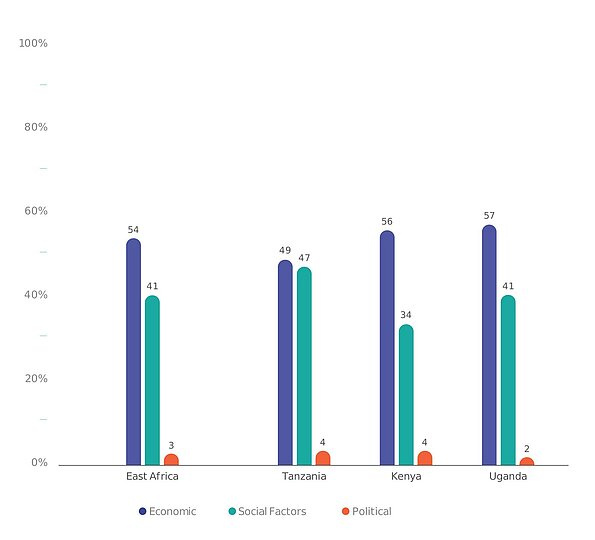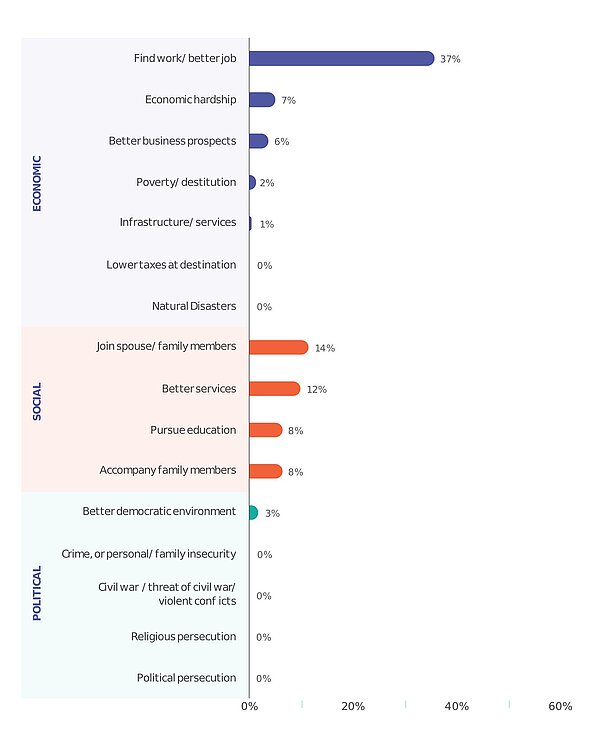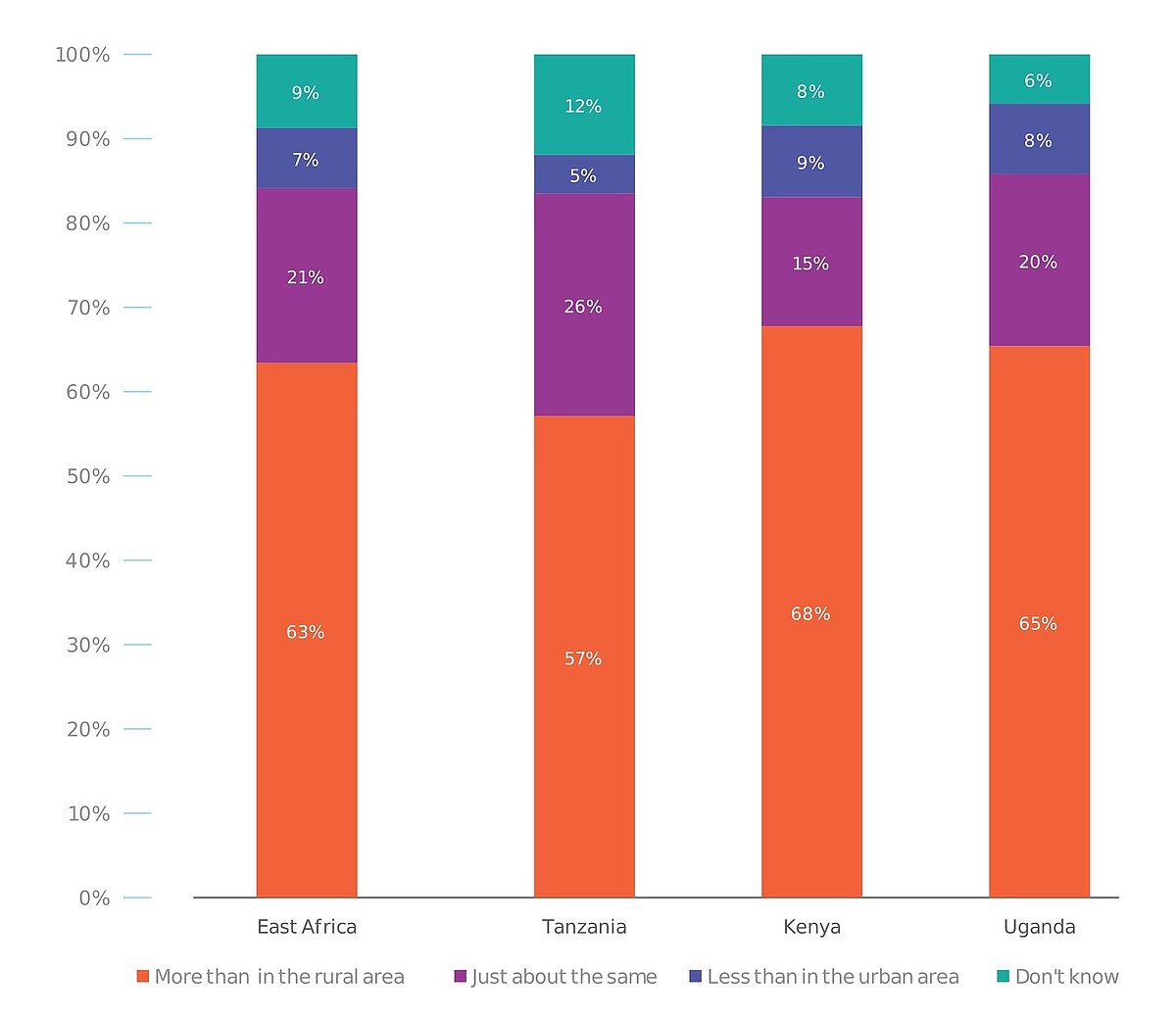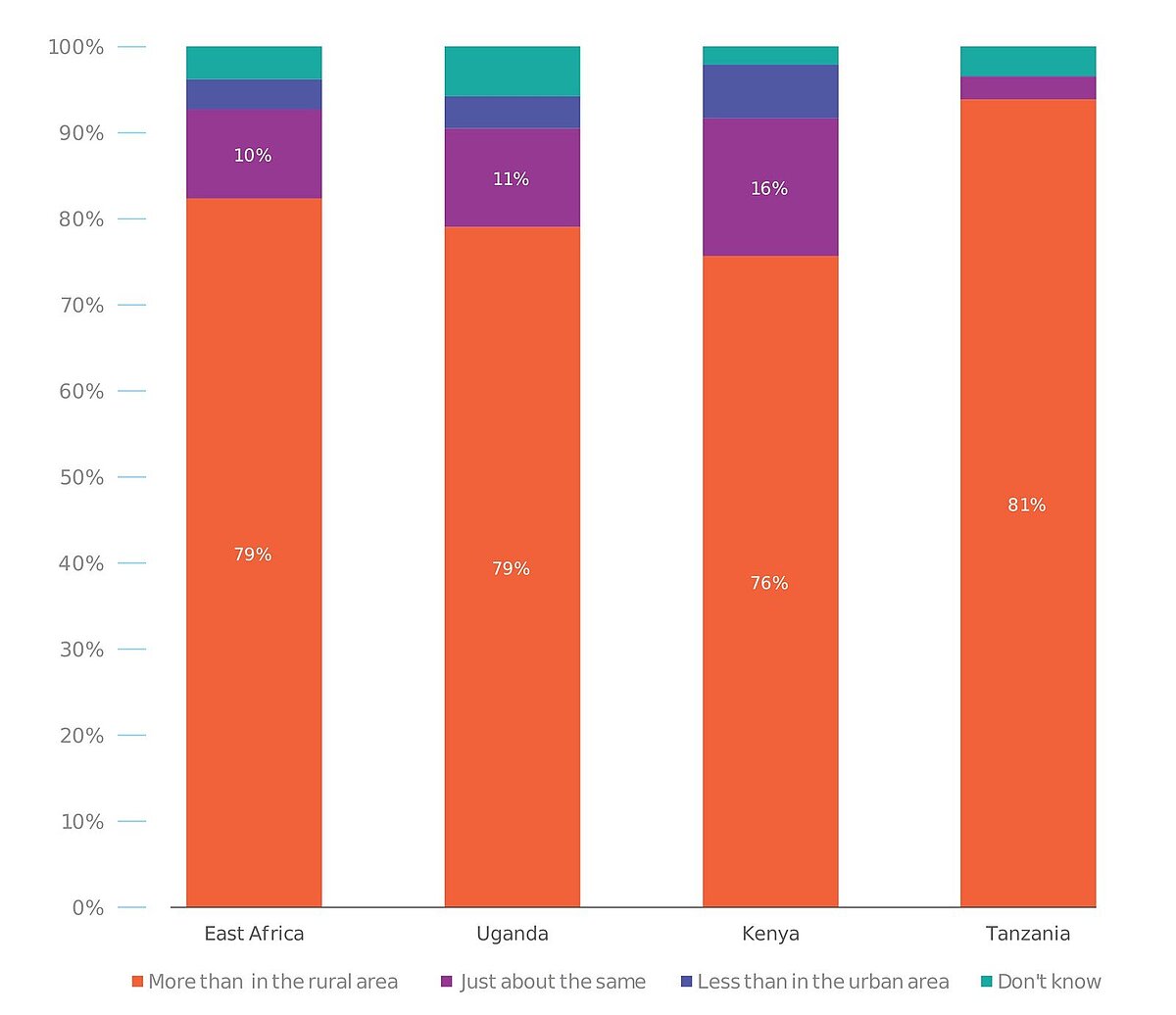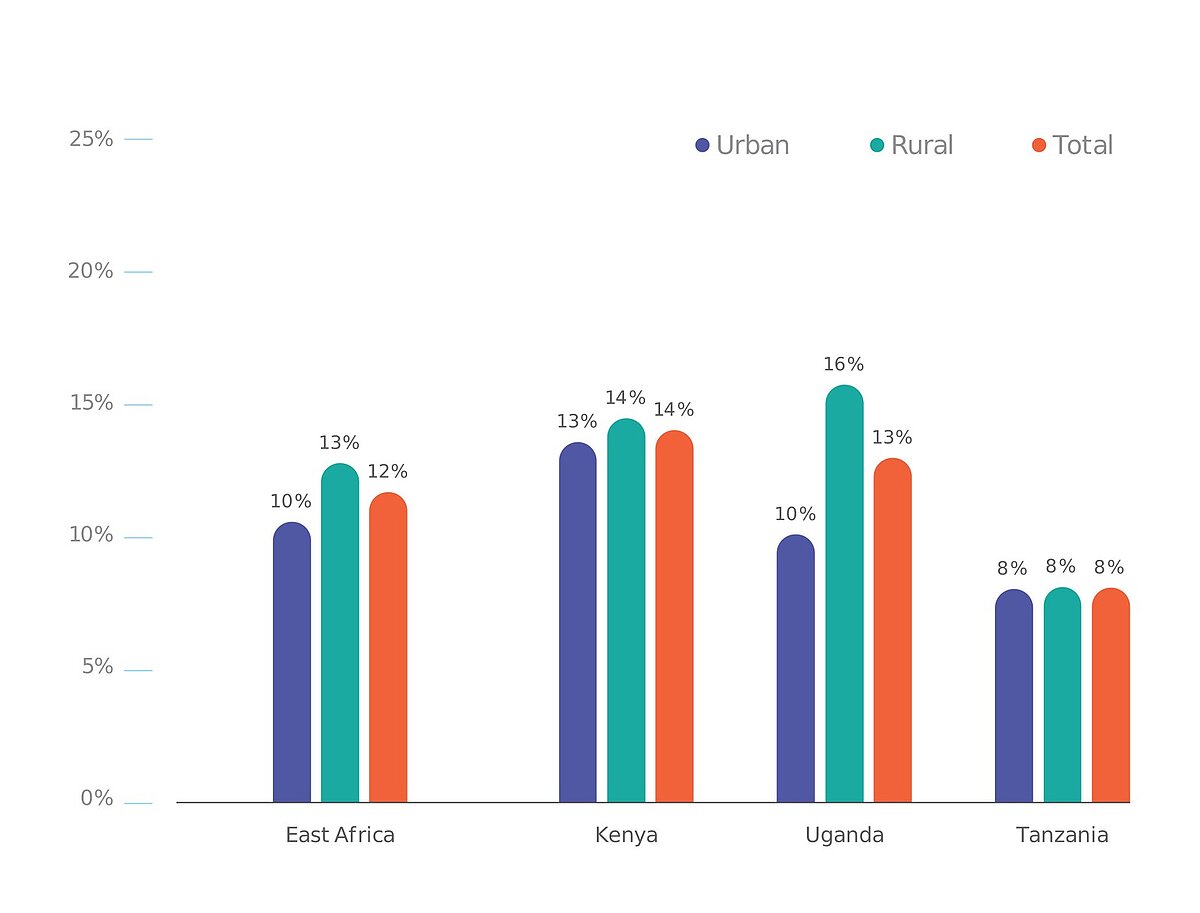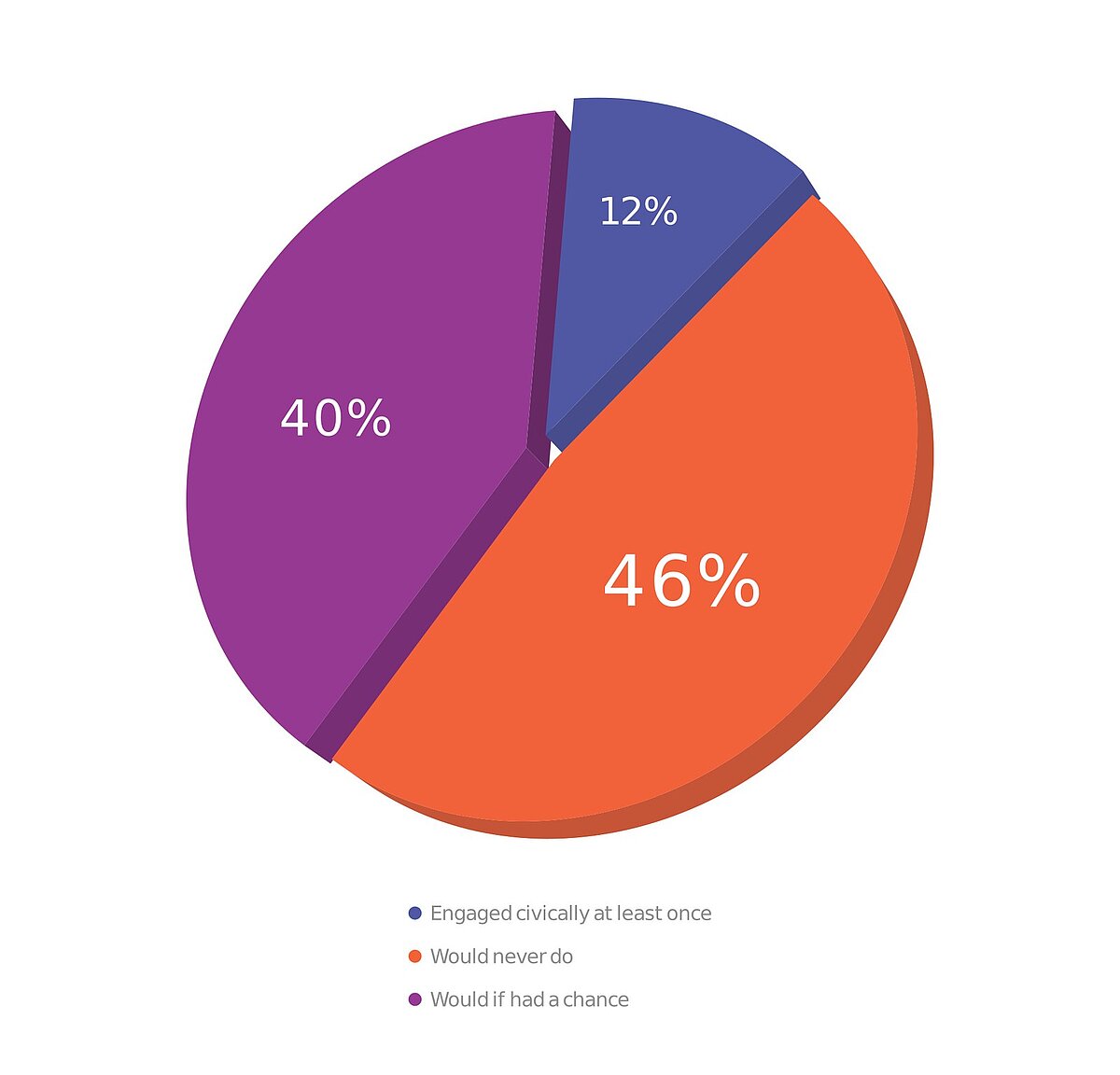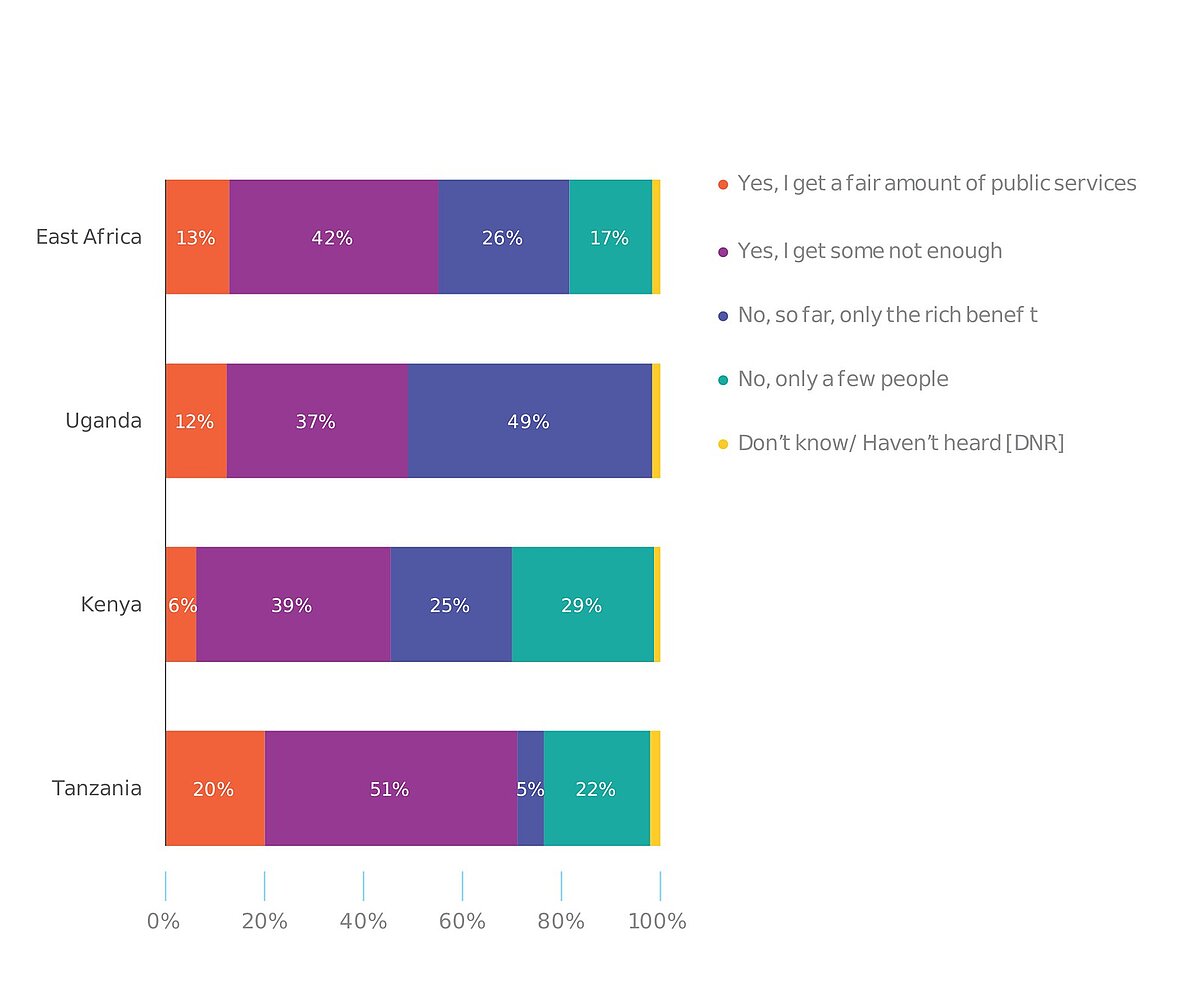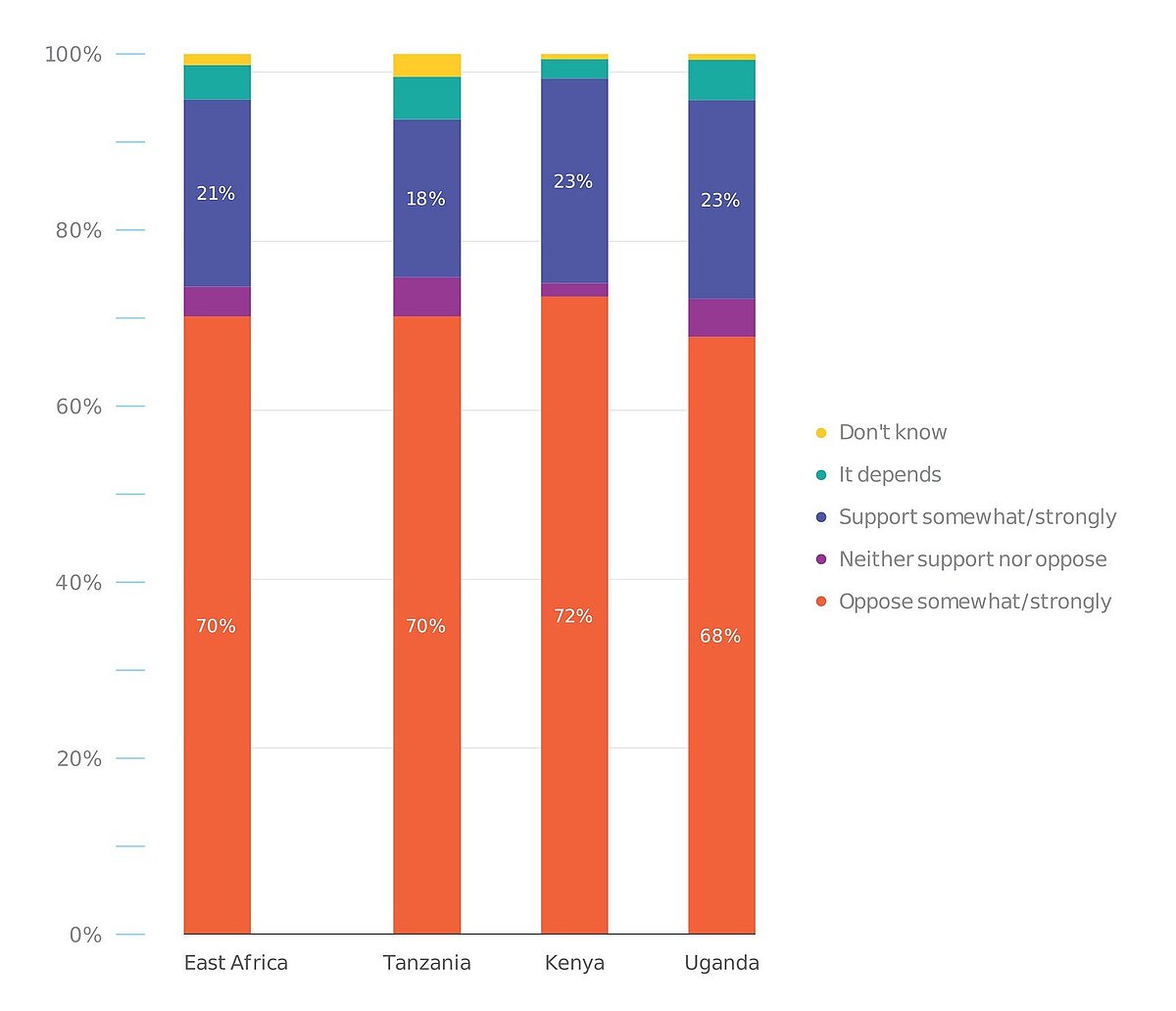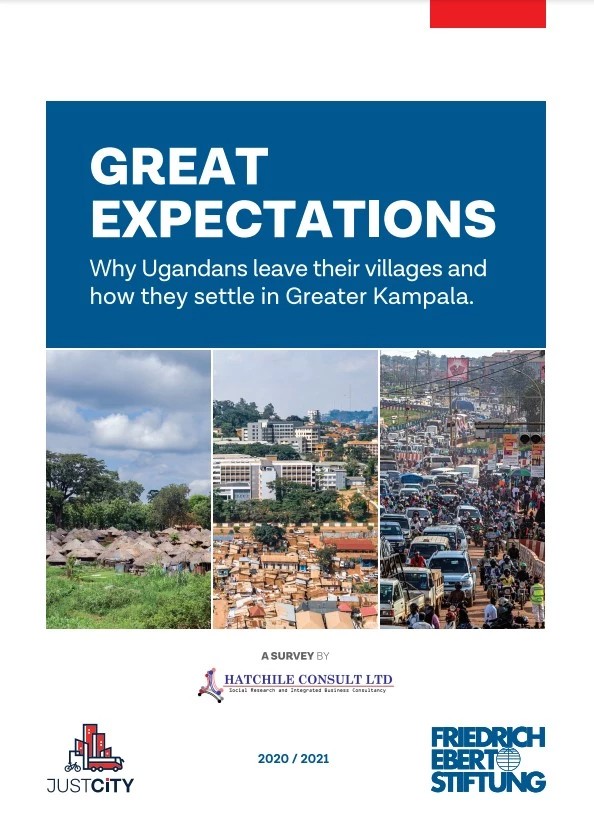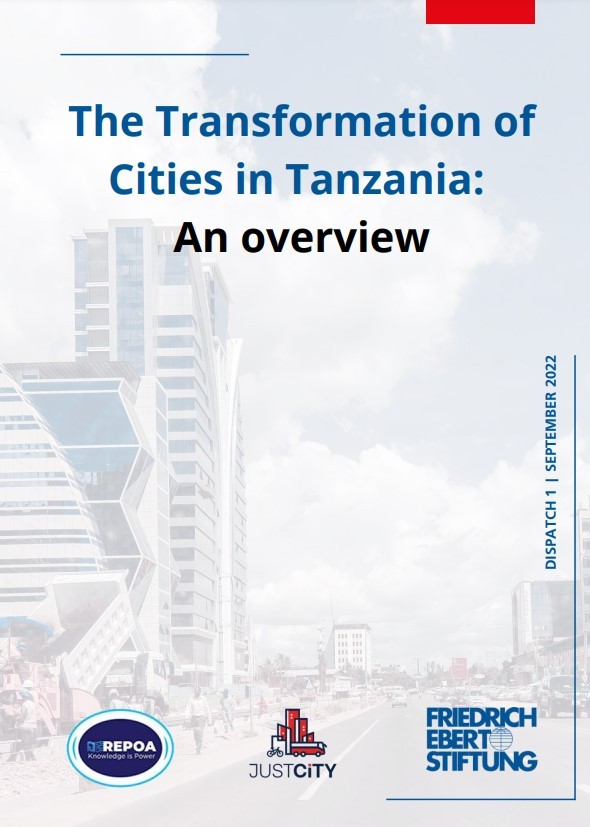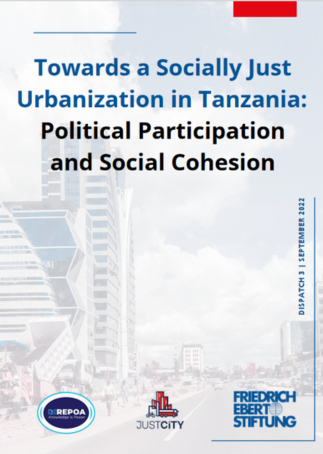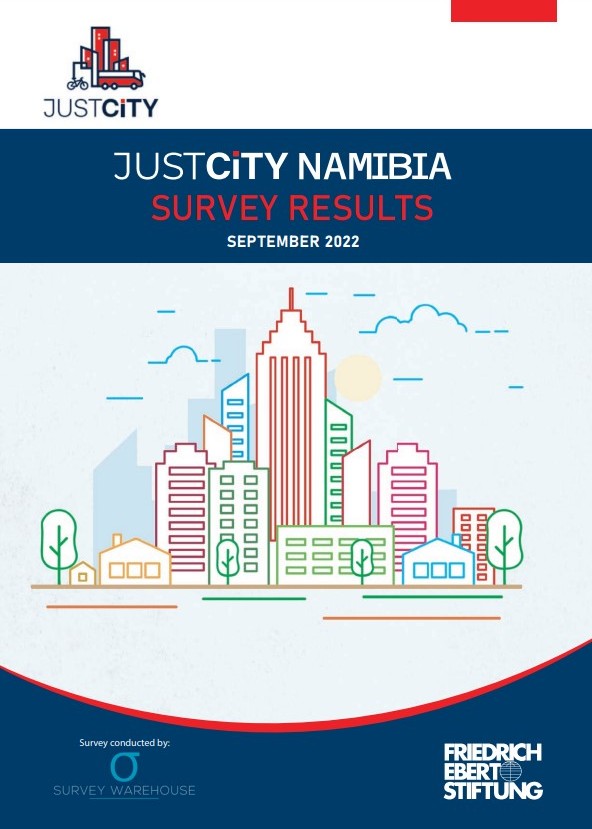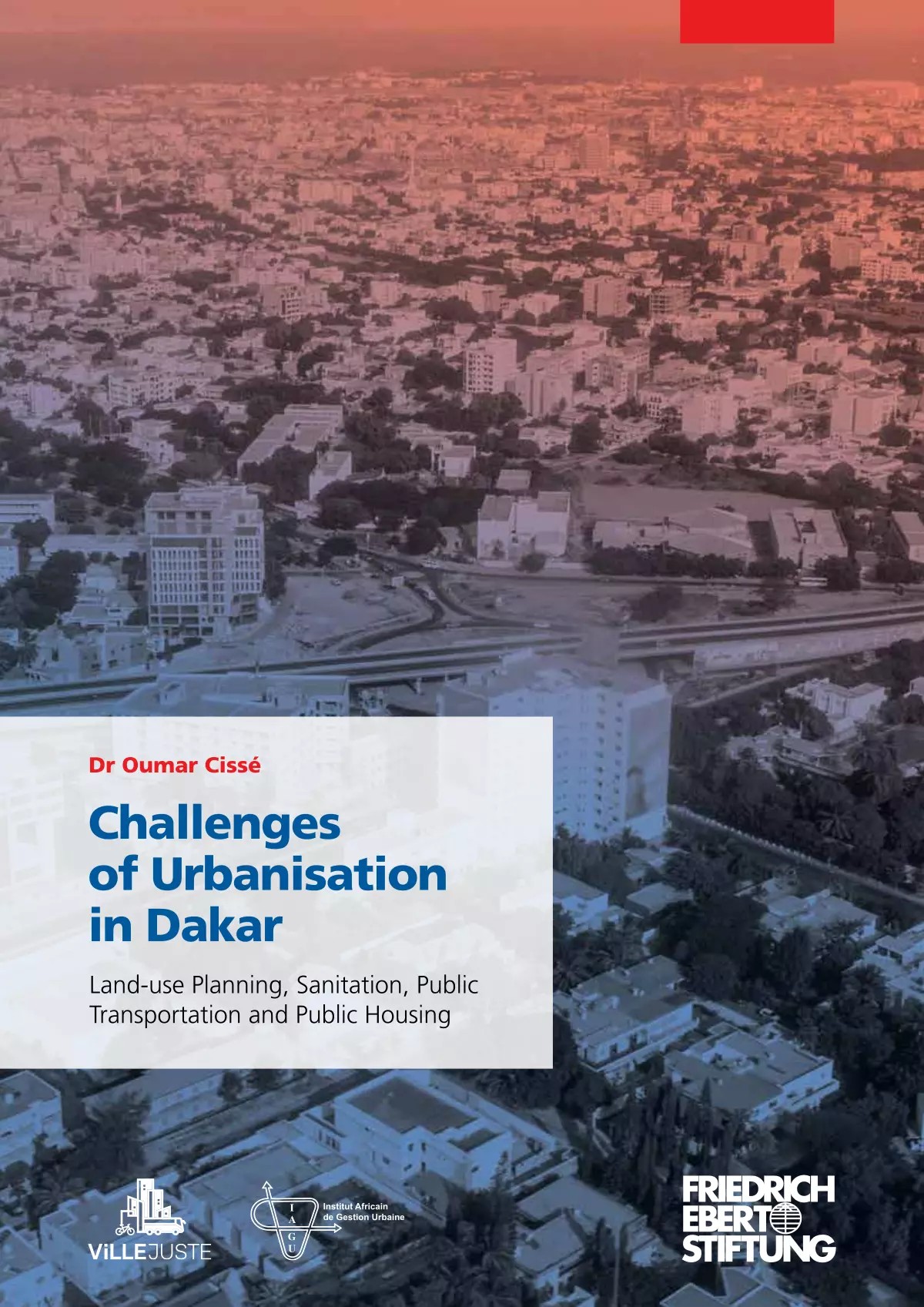Survey project: The Urban Dream and the Realities of Rural to Urban Migration in Sub-Saharan Africa

About the survey project
Africa’s population is set to double in the next thirty years to over two billion people, of whom perhaps only one in five will live in rural areas or outside of major urban centres. Africa has the highest urbanization rate globally, and many experts predict that Africa’s urban population is set to double every twelve years. There are lots of reasons for this dramatic demographic shift, including inner-city population growth and a rising rate of movement from rural areas. Urbanization in Africa is linked to hopes, the hopes of many. It’s an opportunity for citizens to improve their living conditions, to access public goods and public services, be it health care, education or housing. It’s also perceived as an opportunity to find a job, to support a family and to make sure that the future of the next generation will be a better one. How is this trend going to affect the livelihoods of rural and urban populations in Africa, as well as public participation and public goods and service provision in and out of cities on the continent? With the support of the Institute for Development Studies (IDS) based in Nairobi, Kenya, Friedrich-Ebert-Stiftung conducted surveys in five countries in an effort to better understand urbanization processes in Africa.
Surveys in five countries with more than 10.000 respondents
The purpose of the survey was to map and analyze differences between urban and rural areas with regards to expectations and experiences of public service delivery and democratic development. The surveys were conducted in the three Eastern African neighboring countries Kenya (2019), Uganda (2020) and Tanzania (2021) as well as in Senegal (2021) in Western and Namibia (2021) in Southern Africa. While the design and the questionnaire of the surveys were created together with the experts from IDS, national Afrobarometer survey institutes in the five countries conducted the surveys on the ground. The survey worked with a randomized, stratified, clustered sample of adult citizens across low- and medium-income areas in the surveyed cities and rural districts. In each sample area a thousand people were interviewed, meaning that in each country two thousand respondents took part in our surveys. Respondents were an equal mix of male and female by gender, aged 18 years and above. The choice of sample areas makes generalizations difficult. The internal structures of a city differ a lot – each area has its own characteristics. Nevertheless, the sample gives us an understanding of general trends.
In addition to the reports of the respective national survey results (retrievable at the bottom of this page), a comparative analysis of the results in the three East African countries, titled “The Urban Dream and the Realities of Rural to Urban Migration in East Africa”, was published. Its main findings are presented in the summary below. FES is inviting scholars and researchers to use the rich set of data to contribute to a better understanding of urbanization in Africa and hopes it can make a contribution to improving provision and access to public goods and services, and inclusive urban planning in African cities.
